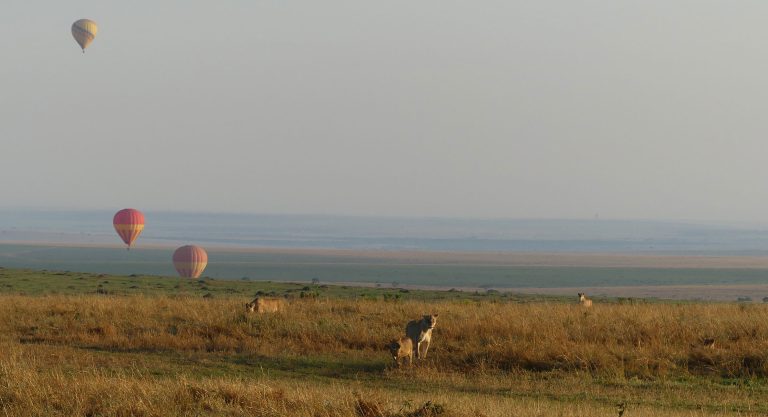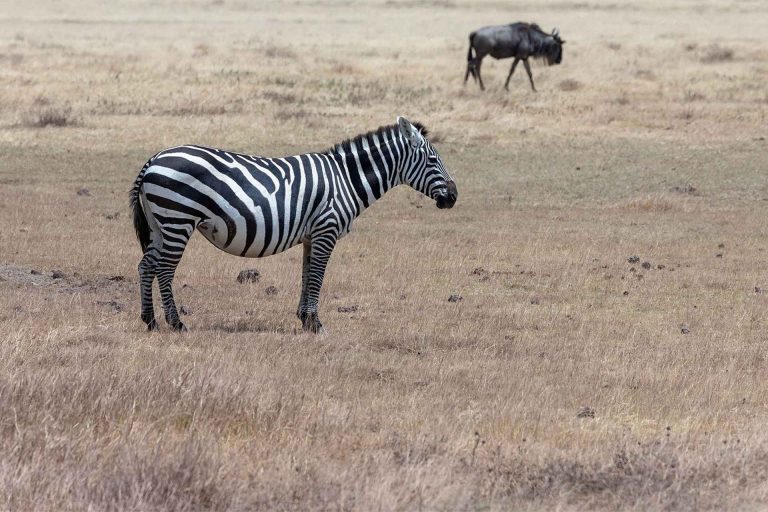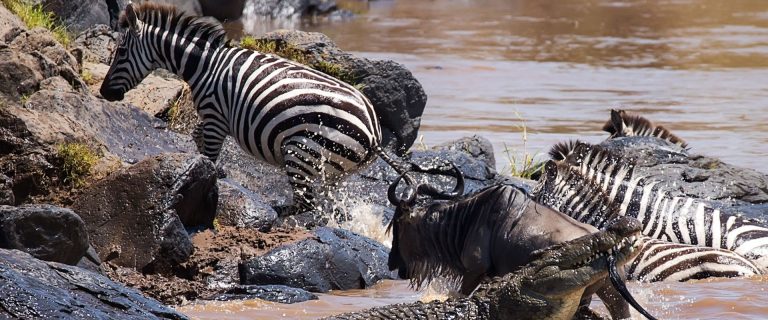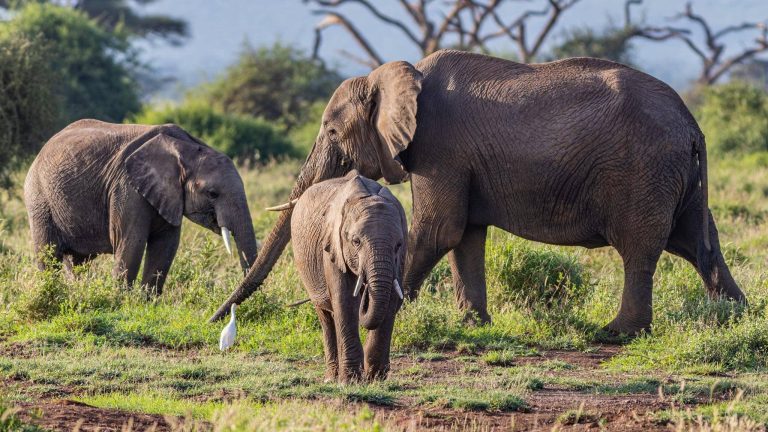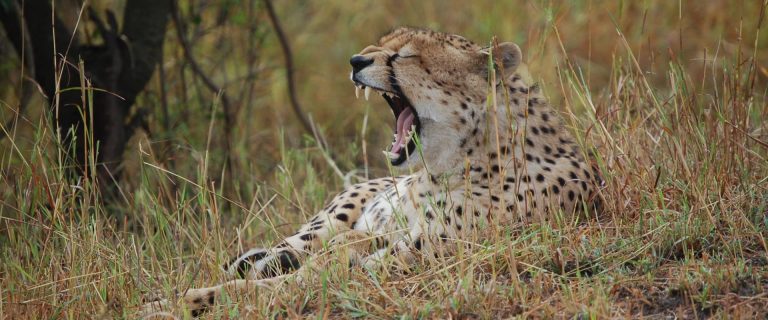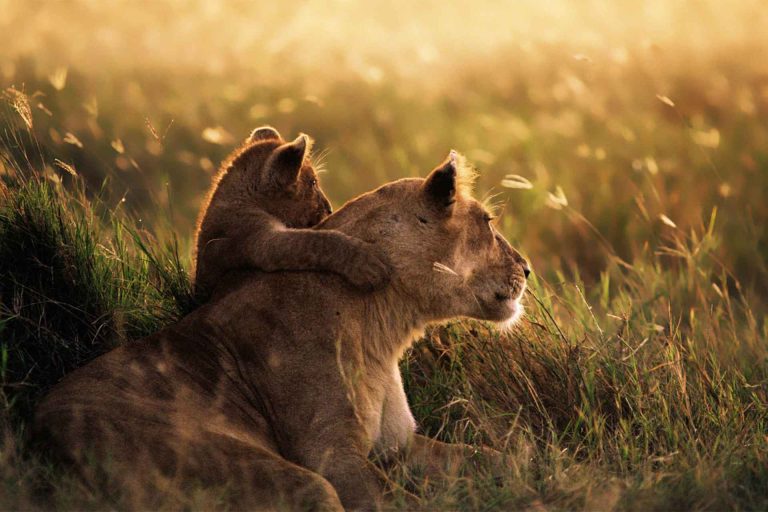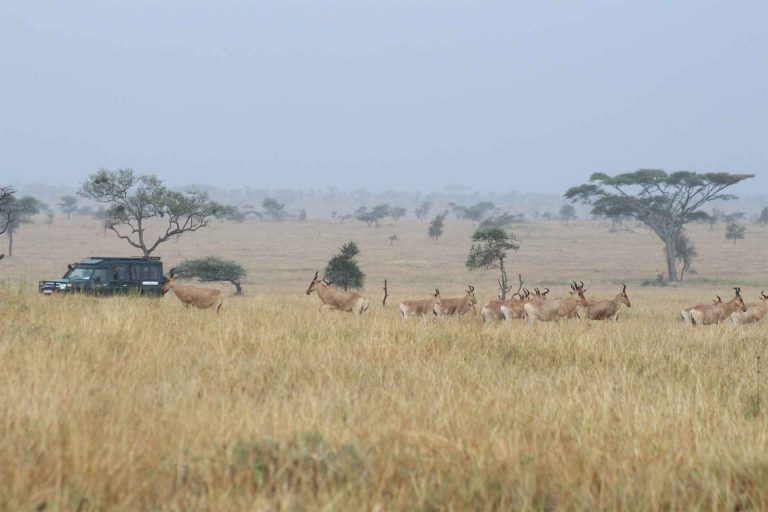Tarangire National Park
- Home
- Destinations
- Tarangire National Park
TARANGIRE NATIONAL PARK
Tarangire National Park is a unique gem within the northern Tanzanian safari circuit. Stretching across an area adorned with vast savannahs, imposing baobab trees, and the ever-important Tarangire River, this park boasts some of the most spectacular wildlife sightings, especially during the dry season when animals congregate around the river. Beyond the famous elephant population, Tarangire is also home to many other wildlife, including buffalos, zebras, lions, leopards, and over 500 bird species, making it a dream destination for bird watchers.
The beautiful baobab trees throughout the park provide shelter for the animals and hold significant cultural value to the Maasai people, who use them for medicinal purposes. The Tarangire National Park Tours offer a comprehensive experience, combining game drives to spot the Big Five, bird-watching sessions, and nature walks, allowing tourists to immerse themselves in the park’s raw beauty. Another enriching experience is engaging in cultural visits to the local Maasai villages. Interacting with the Maasai provides insights into their nomadic lifestyle, traditions, dances, and beautiful beaded jewellery.
Park Location:
Facts about Tarangire National Park
From July to October, the dry season, Tarangire National Park is teeming with animals as wildlife, including large elephant herds, do not stray far from the river bed. Elephants need between 100 and 300 litres of water a day to survive and the holes they dig in the sands of the river are the only source for hundreds of miles of kilometres around. These holes attract other animals, who drink the water after the elephants have had their fill. If all the herbivores are in Tarangire, the great lions and leopards will soon follow to get their dinner, as well. Tarangire National Park also provides great opportunities for birdwatching: being the nesting grounds for a large number of bird species. The largest flying bird in the world, the Kori Bustard is often spotted here. Hornbills, the yellow-collared Lovebird as also endemic to the area. There are options for night safaris and short walking safaris for travellers who wish to spend a few days in Tarangire National Park.
Wildlife Encounters:
Tarangire National Park is famous for the thousands of elephants that come down to the park during the dry season in search of water, but there are also plenty of wildebeest, zebras, giraffes, buffalo and hippos.
Lions are often sighted, and you might see leopards and cheetahs patrolling the grasslands, or perched in a tree. Wild dogs have been spotted before, but you have to get lucky to find them.
The park is also a great birding destination, with over 500 species living in Tarangire.
Tarangire has some of the highest elephant populations in the country. During peak migration from July to October, around 5,000 of these gentle giants will migrate to Tarangire – you can sometimes see groups of 300 elephants at once.
It’s not just elephants that migrate across these plains. You’ll also find plenty of other mammals including lions, zebras and antelopes.
The vast grasslands and Baobab trees create a rugged, ‘Out of Africa’ feel that’s quite distinct amongst Tanzania’s national parks.
It is only a short drive from Arusha on tarmac roads, making for a relatively easy-going journey, and perfect for a short safari of one or two days after a Kili hike or other safaris across Tanzania.
best time to visit Tarangire?
The best time to visit Tarangire National Park is during the dry season from June to October. These are the best months for wildlife due to migratory patterns, and the short grasses make game viewing even easier. The animals flock towards the Tarangire river for water, allowing for easy sightings.
In order to see the big herds of elephants, we recommend visiting towards the latter period of the dry season (September/October). November can be especially cheap, as it is out of peak season but tends to still be quite dry before the short rains hit. The low season, from late November to May, is great for bird watching as the area is wet, green and luscious.
Still Not Sure What You’re Looking For?
We’re here to help! Chat with us and we can find the perfect trip for you or start creating a custom trip.





